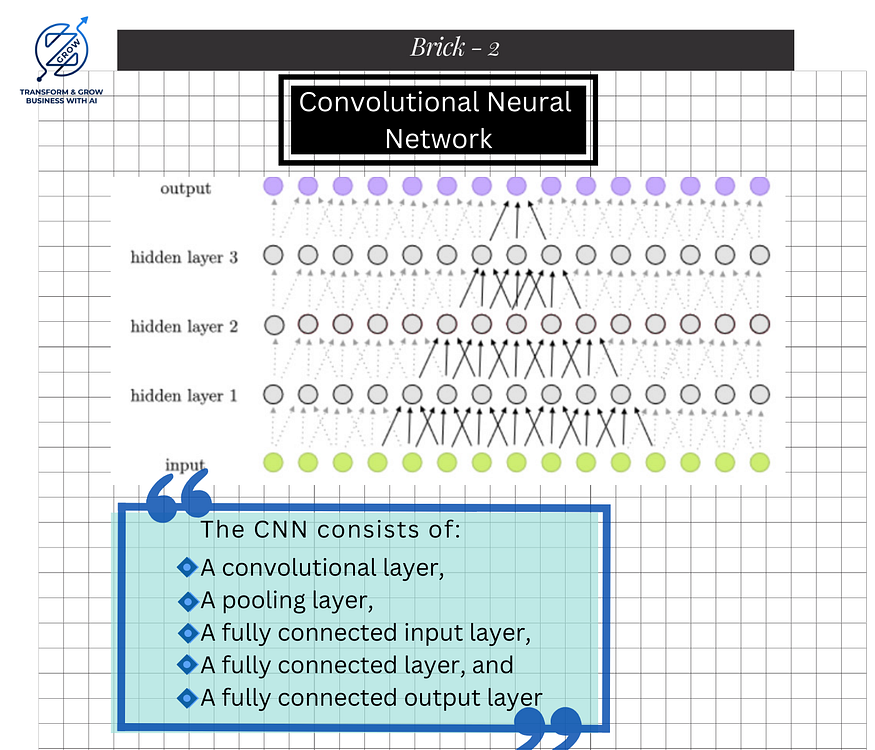Welcome to the Neural Network series.
Today we’re going to focus on NN types.

As we know NN is essential for various detection tasks, now We focus on understanding the types of NN. When we speak about neural networks the different types of NN is there, As a foundation we focus on the most commonly used ones:

✅Convolutional Neural Network (CNN)
✅Recurrent Neural Network (RNN)
✅Deep Neural Network (DNN)
There more different number neural networks are there.
Say for an example:
✅Generative Adversarial Network (GAN)
✅Long Short-Term Memory (LSTM)
✅Feed Forward Neural Network
✅Multilayer Perceptron
✅Radial Basis Functional Neural Network
✅Sequence to Sequence Models
So this list goes on. But as we focus on major we start with main three types of neural network is CNN, RNN, and DNN.

Convolutional Neural Networks (CNNs) are specialized deep learning models designed to process and analyze visual data. They excel in tasks such as image recognition, object detection, and image classification by leveraging their ability to capture spatial and temporal dependencies effectively.
Advantages of CNNs:
- Autonomous Feature Detection: CNNs can autonomously extract relevant features from images, eliminating the need for manual feature engineering.
- High Accuracy: Among image detection algorithms, CNNs often achieve superior accuracy due to their capability to learn intricate patterns and relationships within images.
- Spatial and Temporal Dependency Capture: By applying filters across input images, CNNs can identify complex patterns like edges, textures, and even temporal sequences in videos, enhancing their ability to understand and process visual data comprehensively.
- Implementation Ease: Despite their advanced functionality, CNN architectures are structured in a way that makes them relatively easy to understand and implement compared to other deep learning models.

Disadvantages of CNNs:
- High Computational Cost: Training and deploying CNNs require significant computational resources due to their complex architecture and large number of parameters, making them resource-intensive.
- Data Dependency: CNNs perform best when trained on large datasets that encompass diverse examples of the target classes. Obtaining and managing such datasets can be challenging for smaller-scale applications.
- Complexity in Design and Optimization: Developing effective CNN models requires expertise in neural network architecture, parameter tuning, and optimization techniques, posing a steep learning curve for newcomers to deep learning.
- Overfitting Risks: Without proper regularization techniques, CNNs may overfit to the training data, meaning they may perform well on training examples but generalize poorly to unseen data.

This CNN has both advantages in extracting features of data and achieves high accuracy. Yet also, required a huge volume of datasets for effective training, and issues in overfitting without regularization.
Conclusion,
In summary, while CNNs offer powerful capabilities in visual data analysis, their deployment requires careful consideration of computational resources, dataset size, and model optimization techniques to ensure optimal performance in practical applications

In upcoming posts, we’ll explore the others.
#neuralnetwork #ArtificialIntelligence #GENAI #GenerativeAI #job #Technology #Future #AITrends #Fundamentals #ConvolutionalNeuralNetwork

